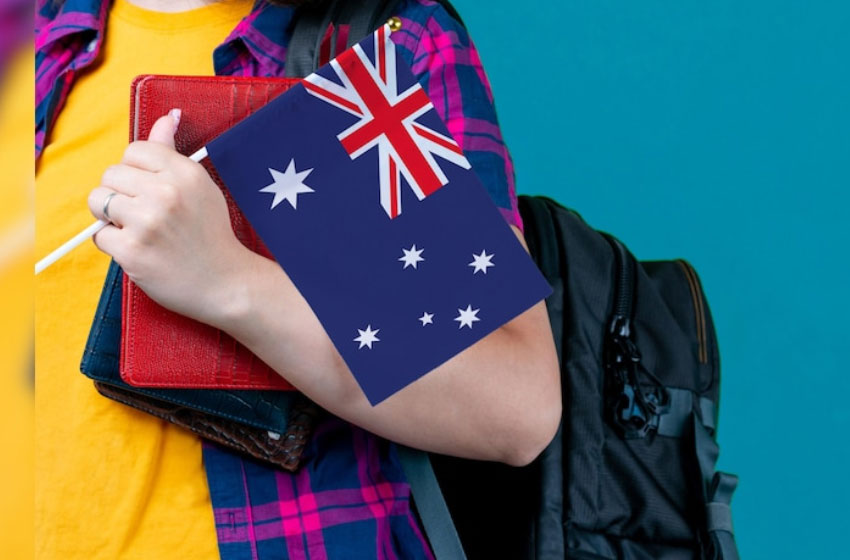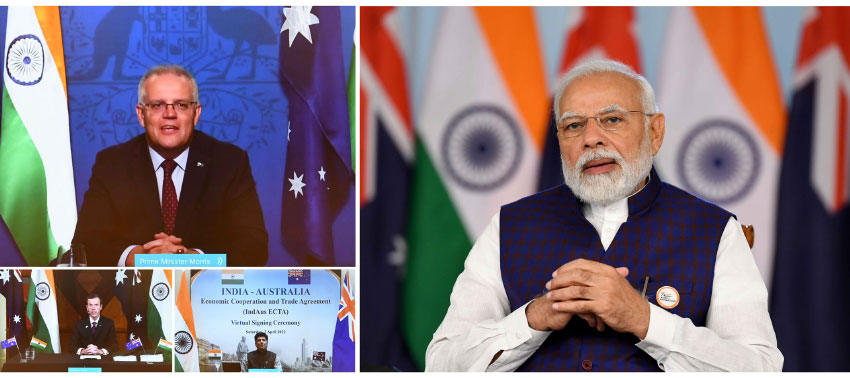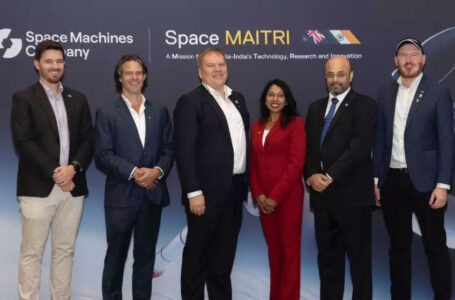Record-Breaking 40,000 Indians Apply for 1,000 Holiday Maker Visa Spots

Australia’s recent introduction of the Working Holiday Maker (WHM) visa for Indian citizens has sparked tremendous excitement. In just two weeks, a staggering 40,000 applications were submitted, all competing for the limited 1,000 spots available. This surge highlights the overwhelming appeal of this opportunity, which allows young Indians aged 18 to 30 to work, study, and travel in Australia for up to 12 months.
The Origins of the ECTA Agreement
This visa initiative is a direct result of the Australia-India Economic Cooperation and Trade Agreement (AI-ECTA), which was signed to strengthen the bilateral relationship between the two nations. The agreement, finalised in December 2021, focused on enhancing trade and cultural ties, while also offering new pathways for movement between the two countries. At the time of the signing, Australian Prime Minister Anthony Albanese and Indian Prime Minister Narendra Modi expressed their commitment to creating deeper connections between the youth of both nations.
Albanese noted, “This agreement not only bolsters trade but creates incredible new opportunities for young people to experience each other’s cultures.” This sentiment laid the groundwork for programs like the WHM visa, which aim to foster mutual understanding and contribute to the growth of both economies.
From Concept to Reality
The WHM visa concept, initially aimed at promoting cultural exchange, has evolved into a strategic initiative with broader implications. For Australia, the visa fills crucial labour shortages in sectors like hospitality and agriculture, while for Indian applicants, it represents a unique chance to immerse themselves in Australian life. The flexibility of the visa allows participants to work in various industries, gain valuable experience, and improve their language skills – all while exploring Australia.
The application process remains highly competitive, as a limited number of spots are allocated randomly to ensure fairness. Successful applicants can look forward to a year of not just travel, but significant personal and professional growth. The initiative also promotes long-term ties, as many participants develop lasting connections and, in some cases, explore opportunities to stay in Australia.
A Strategic Move for Both Nations
This program reflects the growing mobility of young people worldwide, especially as they seek opportunities abroad. For India, it mirrors the aspirations of its youth, who are increasingly looking beyond their borders for work and cultural exposure. For Australia, it strengthens economic and cultural ties with one of its largest trade partners, while addressing local workforce needs.

Mr. Thistlethwaite previously highlighted, “The Australian Prime Minister used his experience and friendship with the Indian Prime Minister, Narendra Modi, to ensure improved and increased opportunities for young people from both communities to experience each other’s cultures.”
Looking Forward: Potential Challenges
However, the popularity of such programs is not without its challenges. Reflecting on historical trends with similar visa schemes, four main risks stand out:
- Immigration Scams: High demand for limited visa spots could attract fraudsters, who might exploit applicants by offering fast-tracked visa services or fake guarantees. Previous visa-centric scams in other countries show the importance of safeguarding applicants from these risks.
- Labour Exploitation: Historically, visa holders in sectors like agriculture and hospitality have reported mistreatment, with some earning far below legal wages or enduring poor working conditions. This issue could resurface if the WHM visa is not closely regulated.
- Economic Impacts: While the visa program could ease workforce shortages in Australia, the immense demand suggests that the number of spots may need to be expanded. This demand could also pave the way for other bilateral agreements.
- Long-Term Bilateral Growth: As the program progresses, it could inspire further expansions or new visa schemes aimed at facilitating long-term stays, particularly for skilled workers. This would enhance both nations’ economies while deepening cultural ties.
Australia’s WHM visa program encapsulates the spirit of adventure and learning while addressing both economic and cultural objectives. The overwhelming response from Indian applicants demonstrates the potential for this initiative to build stronger, lasting bridges between the two countries.





